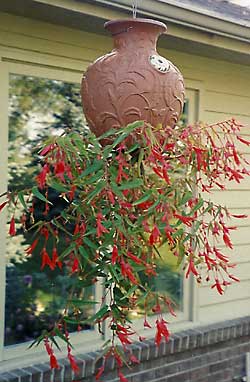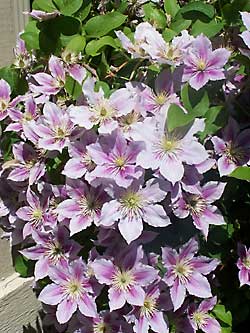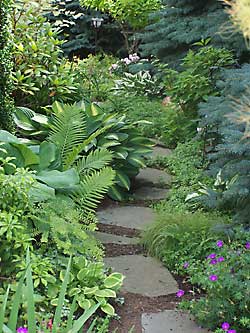Horseradish Crab Dip
- 8 ounces cream cheese, room temperature
- 1 can crabmeat, 7 ounces
- 2 tablespoons finely chopped onion
- 1/2 cup grated horseradish
Mix all ingredients. Put them in a buttered baking dish. Bake at 375 degrees for just 12 to 15 minutes. Wonderful on crackers!
Easy Horseradish Sauce
Blend together 3/4 cup of whipping cream, whipped stiff, 3 tablespoons well-drained horseradish, and 2 tablespoons mayonnaise. This is really good on ham.
Another Horseradish Sauce
Fold in 1/2 cup applesauce and 3 tablespoons grated horseradish to 1 cup whipped cream. This is nice with roast beef and fish.
Apple Pie Filling
- 5 large tart apples, peeled, pared, and sliced
- 3 tablespoons lemon juice
- 1/3 cup white sugar & 1/3 cup brown sugar
- 3 tablespoons flour
- 1/2 teaspoon grated nutmeg
- 1/4 cup freshly grated horseradish, NOT the “prepared with vinegar” type
Mix together well and put into a 9-inch piecrust. Bake about an hour at 350 degrees or until golden brown. Serve warm. The horseradish will give the pie a lovely nutty flavor. This goes especially well with sharp cheddar cheese slices.




